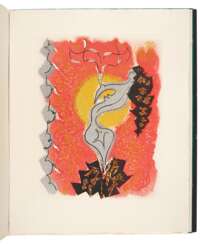tal r (1967)
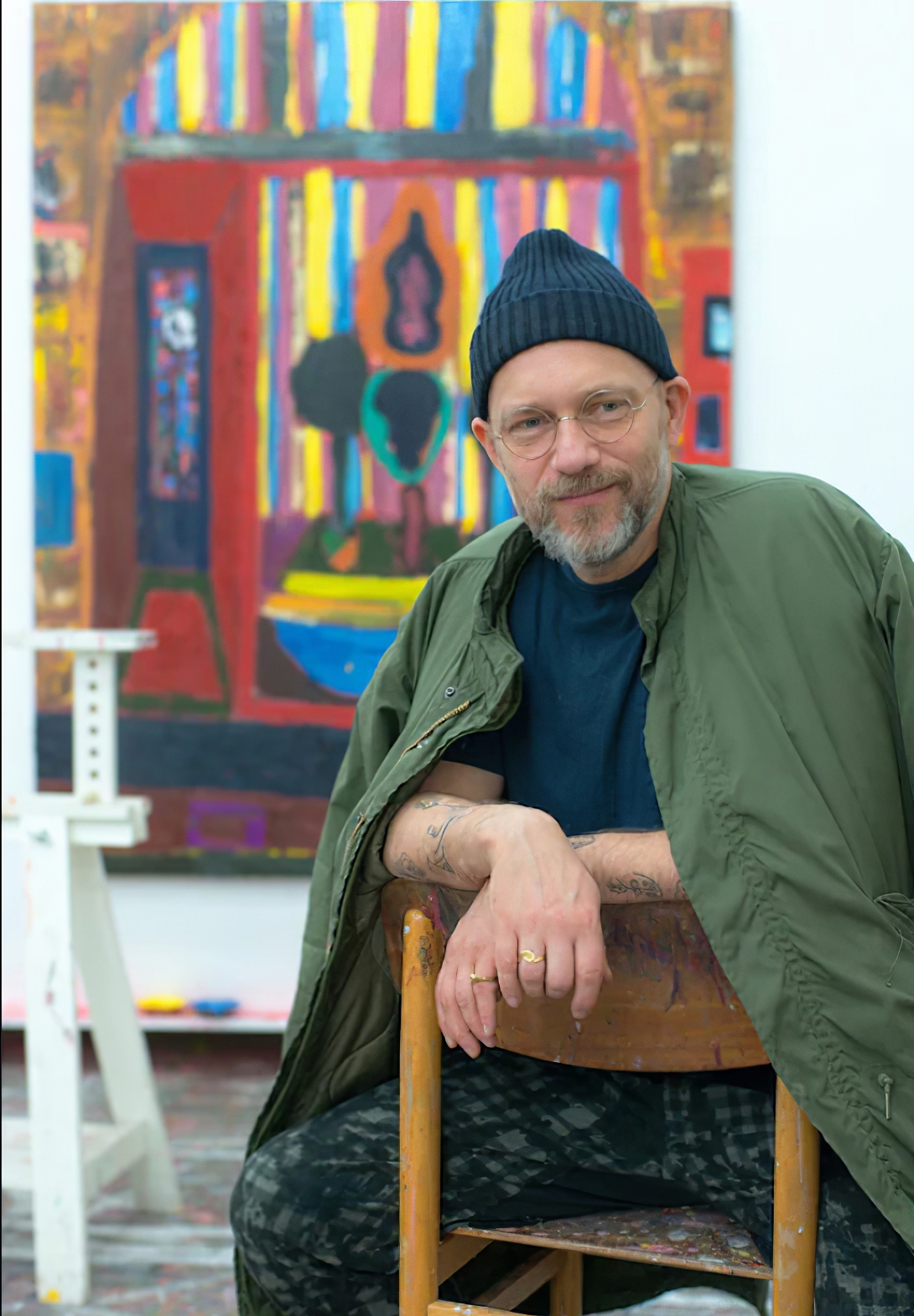
Tal Rosenzweig, known as Tal R, is a Danish contemporary artist of Israeli origin.
Tal R studied painting at the Royal Danish Academy of Fine Arts. In 2001 he received a studio grant from the city of Mönchengladbach. Since 2005 Tal R has been teaching at the Dusseldorf Academy of Art.


Tal Rosenzweig, known as Tal R, is a Danish contemporary artist of Israeli origin.
Tal R studied painting at the Royal Danish Academy of Fine Arts. In 2001 he received a studio grant from the city of Mönchengladbach. Since 2005 Tal R has been teaching at the Dusseldorf Academy of Art.
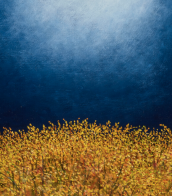

Tal Rosenzweig, known as Tal R, is a Danish contemporary artist of Israeli origin.
Tal R studied painting at the Royal Danish Academy of Fine Arts. In 2001 he received a studio grant from the city of Mönchengladbach. Since 2005 Tal R has been teaching at the Dusseldorf Academy of Art.
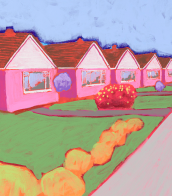

Tal Rosenzweig, known as Tal R, is a Danish contemporary artist of Israeli origin.
Tal R studied painting at the Royal Danish Academy of Fine Arts. In 2001 he received a studio grant from the city of Mönchengladbach. Since 2005 Tal R has been teaching at the Dusseldorf Academy of Art.


Tal Rosenzweig, known as Tal R, is a Danish contemporary artist of Israeli origin.
Tal R studied painting at the Royal Danish Academy of Fine Arts. In 2001 he received a studio grant from the city of Mönchengladbach. Since 2005 Tal R has been teaching at the Dusseldorf Academy of Art.
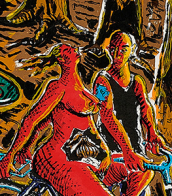

Tal Rosenzweig, known as Tal R, is a Danish contemporary artist of Israeli origin.
Tal R studied painting at the Royal Danish Academy of Fine Arts. In 2001 he received a studio grant from the city of Mönchengladbach. Since 2005 Tal R has been teaching at the Dusseldorf Academy of Art.


Tal Rosenzweig, known as Tal R, is a Danish contemporary artist of Israeli origin.
Tal R studied painting at the Royal Danish Academy of Fine Arts. In 2001 he received a studio grant from the city of Mönchengladbach. Since 2005 Tal R has been teaching at the Dusseldorf Academy of Art.


Tal Rosenzweig, known as Tal R, is a Danish contemporary artist of Israeli origin.
Tal R studied painting at the Royal Danish Academy of Fine Arts. In 2001 he received a studio grant from the city of Mönchengladbach. Since 2005 Tal R has been teaching at the Dusseldorf Academy of Art.
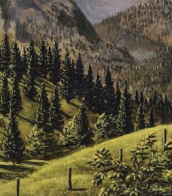

Tal Rosenzweig, known as Tal R, is a Danish contemporary artist of Israeli origin.
Tal R studied painting at the Royal Danish Academy of Fine Arts. In 2001 he received a studio grant from the city of Mönchengladbach. Since 2005 Tal R has been teaching at the Dusseldorf Academy of Art.


Tal Rosenzweig, known as Tal R, is a Danish contemporary artist of Israeli origin.
Tal R studied painting at the Royal Danish Academy of Fine Arts. In 2001 he received a studio grant from the city of Mönchengladbach. Since 2005 Tal R has been teaching at the Dusseldorf Academy of Art.


Tal Rosenzweig, known as Tal R, is a Danish contemporary artist of Israeli origin.
Tal R studied painting at the Royal Danish Academy of Fine Arts. In 2001 he received a studio grant from the city of Mönchengladbach. Since 2005 Tal R has been teaching at the Dusseldorf Academy of Art.
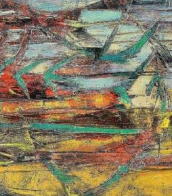
.jpg)
René Magritte, a Belgian artist, was renowned for his significant contributions to the Surrealist movement. His art, known for merging ordinary objects with bizarre, dream-like contexts, captivated the art world. Born on November 21, 1898, in Lessines, Belgium, Magritte's early artistic pursuits were impressionistic, transitioning through Cubism and Futurism influenced by artists like Jean Metzinger. However, his encounter with Giorgio de Chirico's work in 1922 steered him towards Surrealism.
Magritte's career was marked by various phases, each showcasing his evolving style and thematic focus. His initial foray into Surrealism began in 1926 with "The Lost Jockey" and was further solidified during his time in Paris, where he mingled with other prominent Surrealists like André Breton. Despite facing initial criticism and financial challenges, Magritte's unique blend of familiar imagery in unfamiliar contexts, like in "The Empire of Light" and "Time Transfixed," earned him acclaim.
Magritte's distinct visual language, characterized by recurring motifs like bowler hats and apples, and his exploration of reality and illusion, remain influential. His works are displayed in major galleries worldwide, continuing to inspire and intrigue art collectors and enthusiasts.
For collectors and experts in art and antiques, staying informed about Magritte's works and related auction events is crucial. Signing up for updates ensures you're alerted to new sales and events focusing on René Magritte's art, offering unique opportunities to acquire or learn more about his remarkable creations. This subscription will exclusively cover new product sales and auction events related to Magritte, keeping you updated on the most relevant information in the art world.

.jpg)
René Magritte, a Belgian artist, was renowned for his significant contributions to the Surrealist movement. His art, known for merging ordinary objects with bizarre, dream-like contexts, captivated the art world. Born on November 21, 1898, in Lessines, Belgium, Magritte's early artistic pursuits were impressionistic, transitioning through Cubism and Futurism influenced by artists like Jean Metzinger. However, his encounter with Giorgio de Chirico's work in 1922 steered him towards Surrealism.
Magritte's career was marked by various phases, each showcasing his evolving style and thematic focus. His initial foray into Surrealism began in 1926 with "The Lost Jockey" and was further solidified during his time in Paris, where he mingled with other prominent Surrealists like André Breton. Despite facing initial criticism and financial challenges, Magritte's unique blend of familiar imagery in unfamiliar contexts, like in "The Empire of Light" and "Time Transfixed," earned him acclaim.
Magritte's distinct visual language, characterized by recurring motifs like bowler hats and apples, and his exploration of reality and illusion, remain influential. His works are displayed in major galleries worldwide, continuing to inspire and intrigue art collectors and enthusiasts.
For collectors and experts in art and antiques, staying informed about Magritte's works and related auction events is crucial. Signing up for updates ensures you're alerted to new sales and events focusing on René Magritte's art, offering unique opportunities to acquire or learn more about his remarkable creations. This subscription will exclusively cover new product sales and auction events related to Magritte, keeping you updated on the most relevant information in the art world.

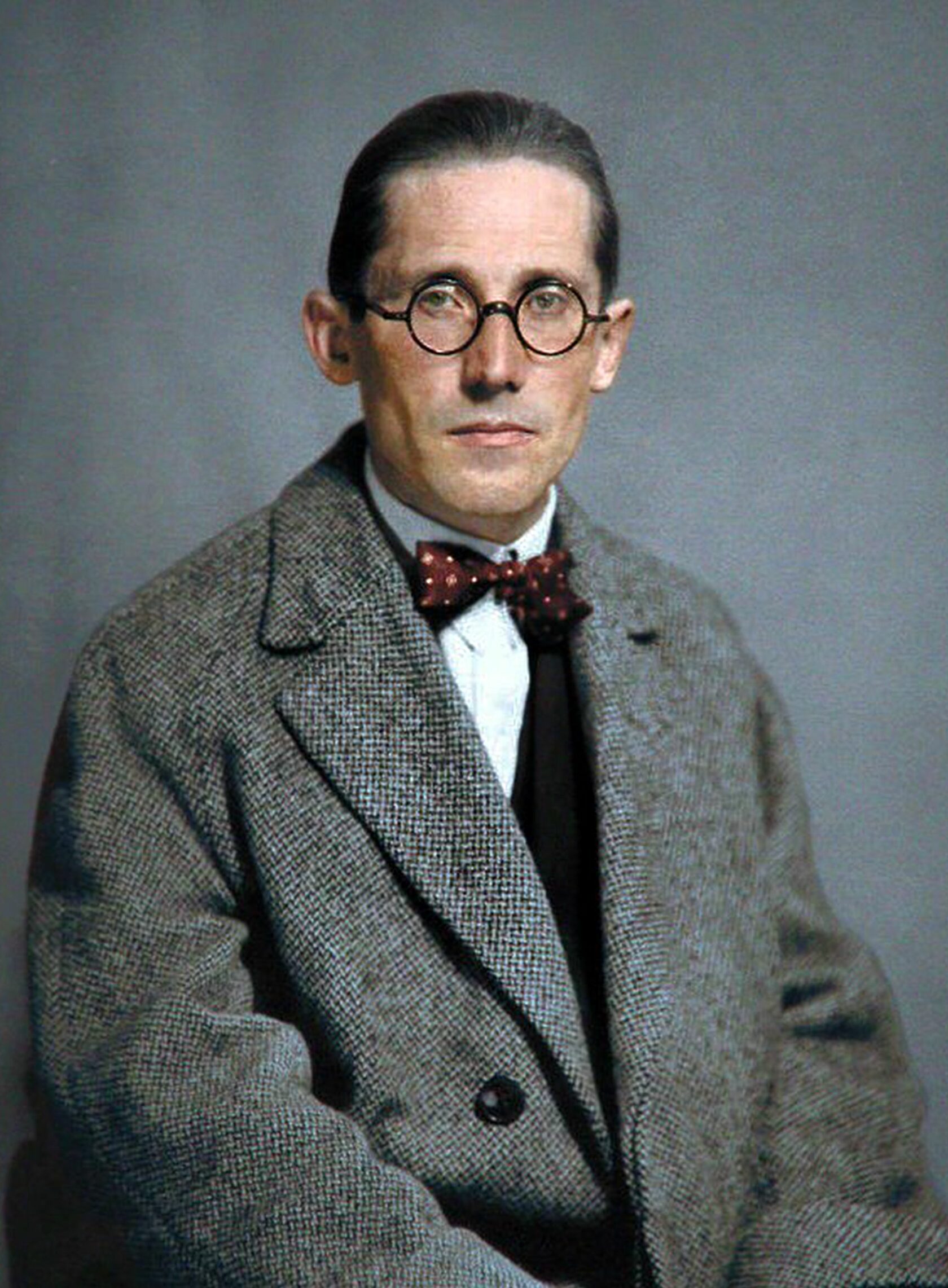
Le Corbusier, born Charles-Édouard Jeanneret in Switzerland, was a visionary French architect, designer, and writer who profoundly influenced modern architecture and urban planning. His innovative ideas blended functionalism with bold sculptural expressionism, embodying the essence of the International Style of architecture. Notably, Le Corbusier's designs, such as the Villa Savoye and the master plan for Chandigarh, India, are celebrated for their revolutionary approaches to living spaces and urban environments.
Le Corbusier's early life in La Chaux-de-Fonds, Switzerland, where he was immersed in the art and craft of watchmaking, significantly shaped his design principles. His architectural journey began without formal training, starting with his education in decorative arts and leading to significant collaborations across Europe. Le Corbusier's philosophy was deeply rooted in the belief that architecture should improve living conditions, particularly in crowded cities. This belief drove his contributions to the Congrès International d'Architecture Moderne and his development of influential architectural principles, such as the Five Points of Architecture, which are exemplified in Villa Savoye.
Villa Savoye, located in Poissy, France, stands as a testament to Le Corbusier's innovative approach, featuring pilotis (reinforced concrete stilts), a functional roof garden, an open floor plan, horizontal windows, and a free façade design. These elements collectively embody his vision of a "machine for living," integrating the house with its environment and the modern lifestyle. Despite facing issues with structural durability and weather resistance, Villa Savoye remains a pivotal work in architectural history, symbolizing the transition to modern architectural thought.
Le Corbusier's legacy is multifaceted, extending beyond architecture to furniture design and painting, showcasing his broad artistic talents. His work continues to inspire and provoke discussion, reflecting both his groundbreaking contributions to modern architecture and the complexities of his ideologies and methodologies.
If you are inspired by Le Corbusier's visionary approach to architecture and design, and wish to stay informed about related updates, consider signing up for our newsletter. This subscription will keep you in the loop about new product launches, sales, and auction events that are directly related to Le Corbusier's enduring legacy. Dive deeper into the world of architecture and design, and ensure you don't miss out on opportunities to engage with Le Corbusier's influential work. Sign up now to connect with the past, present, and future of architectural excellence.
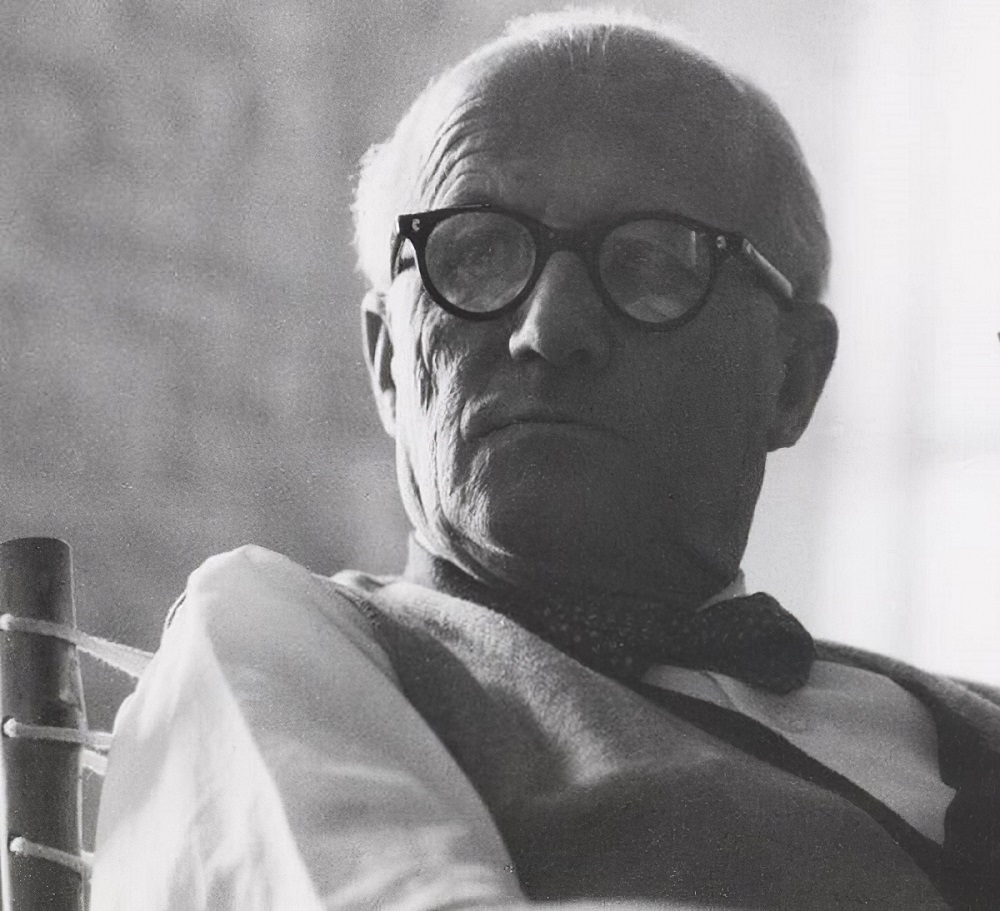
Pierre Jeanneret was a Swiss architect who collaborated with his cousin, Charles-Édouard Jeanneret (who assumed the pseudonym Le Corbusier), for about twenty years.
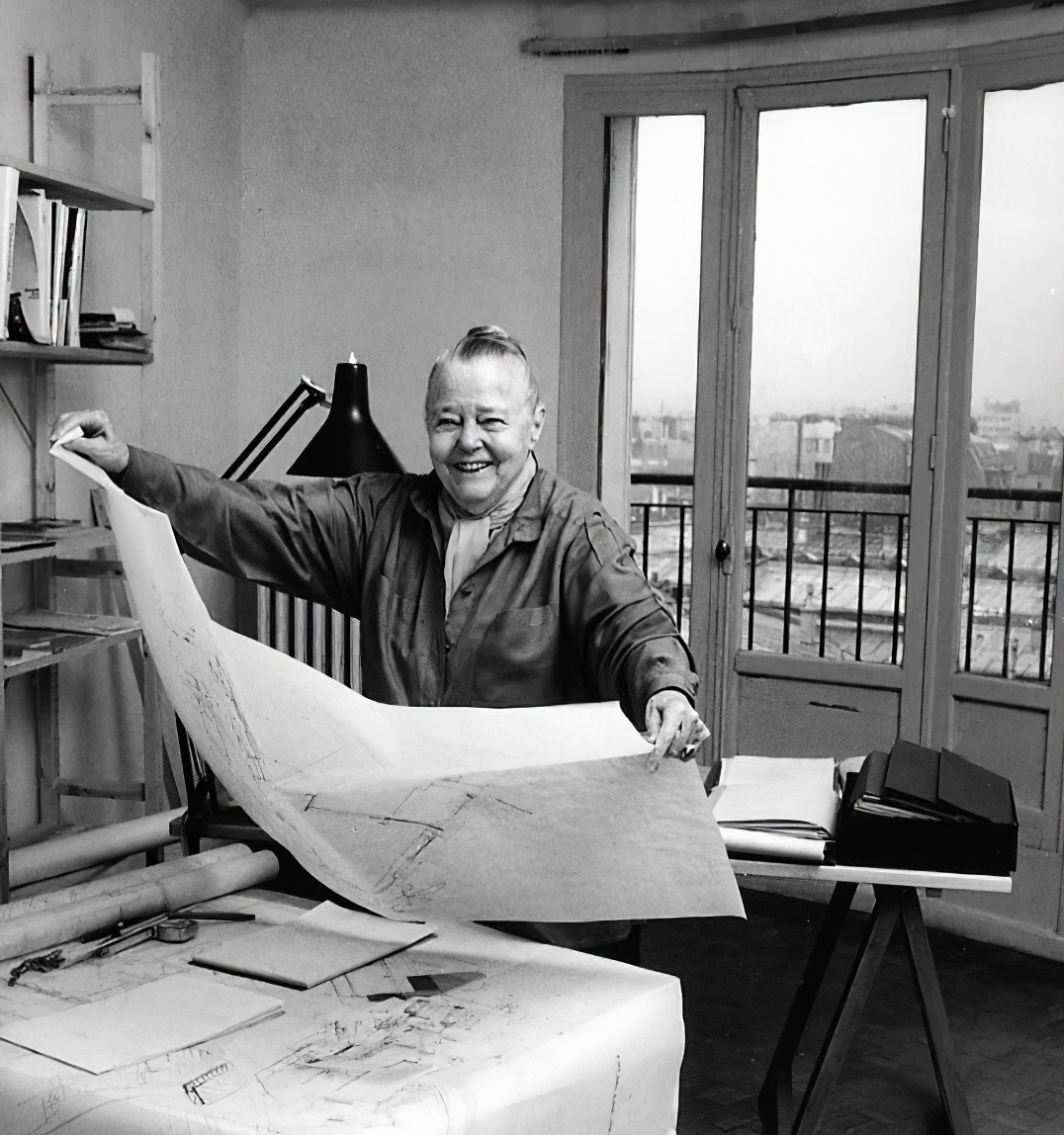
Charlotte Perriand was a French architect and designer. Her work aimed to create functional living spaces in the belief that better design helps in creating a better society. In her article "L'Art de Vivre" from 1981 she states "The extension of the art of dwelling is the art of living — living in harmony with man's deepest drives and with his adopted or fabricated environment." Charlotte liked to take her time in a space before starting the design process.

.jpg)
René Magritte, a Belgian artist, was renowned for his significant contributions to the Surrealist movement. His art, known for merging ordinary objects with bizarre, dream-like contexts, captivated the art world. Born on November 21, 1898, in Lessines, Belgium, Magritte's early artistic pursuits were impressionistic, transitioning through Cubism and Futurism influenced by artists like Jean Metzinger. However, his encounter with Giorgio de Chirico's work in 1922 steered him towards Surrealism.
Magritte's career was marked by various phases, each showcasing his evolving style and thematic focus. His initial foray into Surrealism began in 1926 with "The Lost Jockey" and was further solidified during his time in Paris, where he mingled with other prominent Surrealists like André Breton. Despite facing initial criticism and financial challenges, Magritte's unique blend of familiar imagery in unfamiliar contexts, like in "The Empire of Light" and "Time Transfixed," earned him acclaim.
Magritte's distinct visual language, characterized by recurring motifs like bowler hats and apples, and his exploration of reality and illusion, remain influential. His works are displayed in major galleries worldwide, continuing to inspire and intrigue art collectors and enthusiasts.
For collectors and experts in art and antiques, staying informed about Magritte's works and related auction events is crucial. Signing up for updates ensures you're alerted to new sales and events focusing on René Magritte's art, offering unique opportunities to acquire or learn more about his remarkable creations. This subscription will exclusively cover new product sales and auction events related to Magritte, keeping you updated on the most relevant information in the art world.


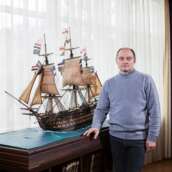
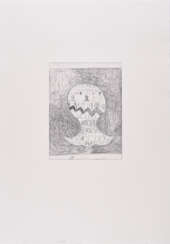



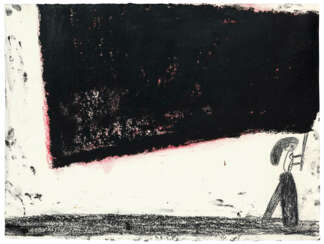



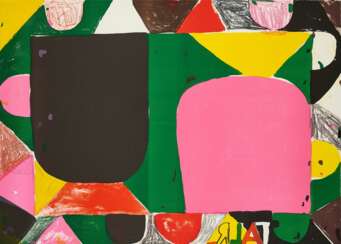

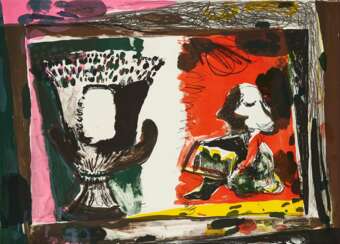

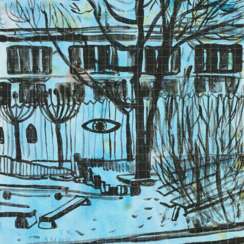

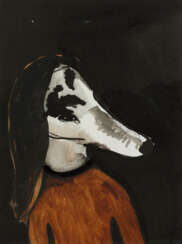

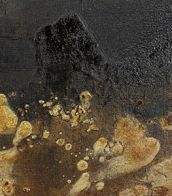
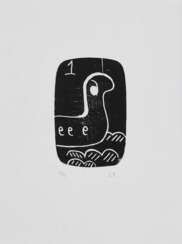



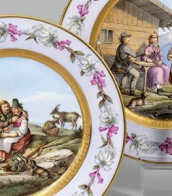





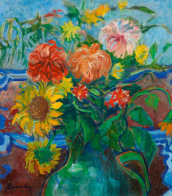
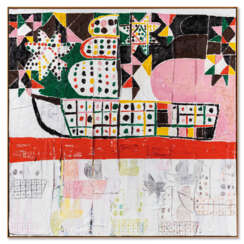

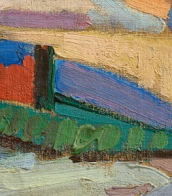
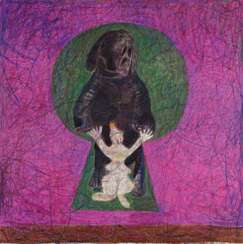



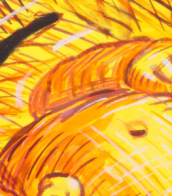
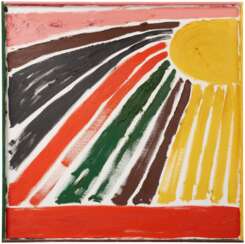

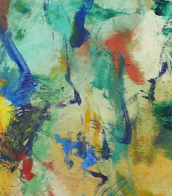
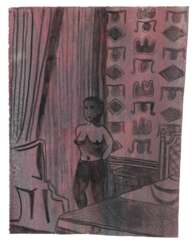

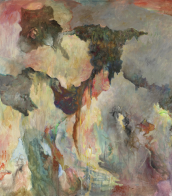


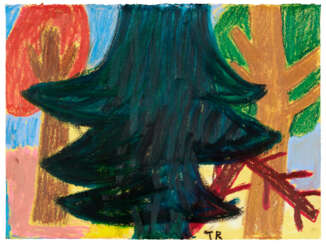

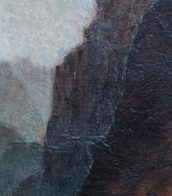
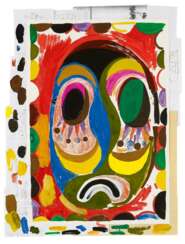



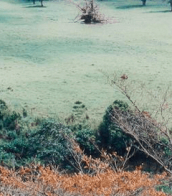
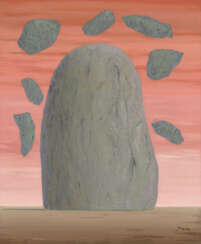

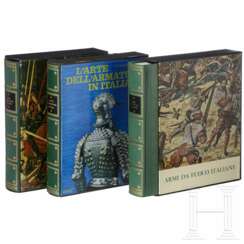

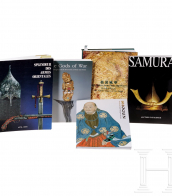
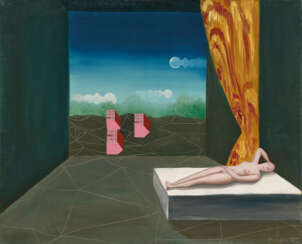



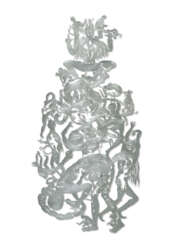




![[MAGRITTE, René (1898-1967)]](/assets/image/picture_4258112/b0d12/c42714d5f738dc1854c773639e4d54a81729065600jpg__fix_374_244.jpeg)
![[MAGRITTE, René (1898-1967)]](https://veryimportantlot.com/assets/image/picture_4258112/b0d12/c42714d5f738dc1854c773639e4d54a81729065600jpg__fix_374_244.jpeg)


